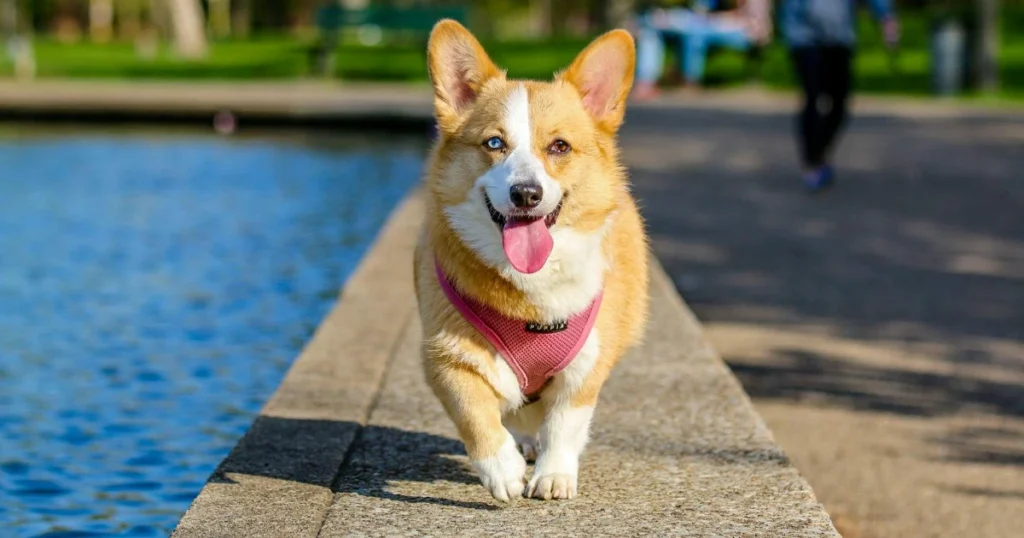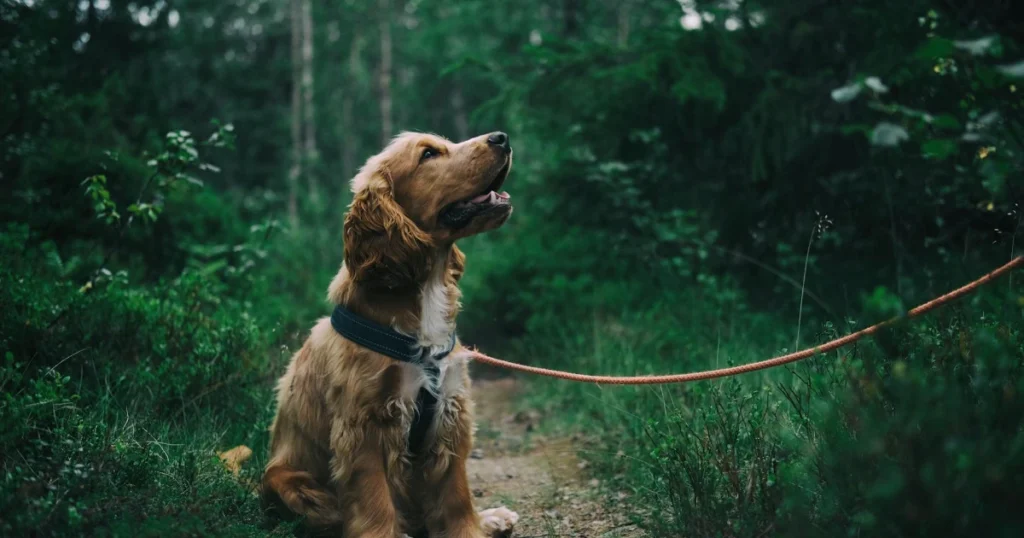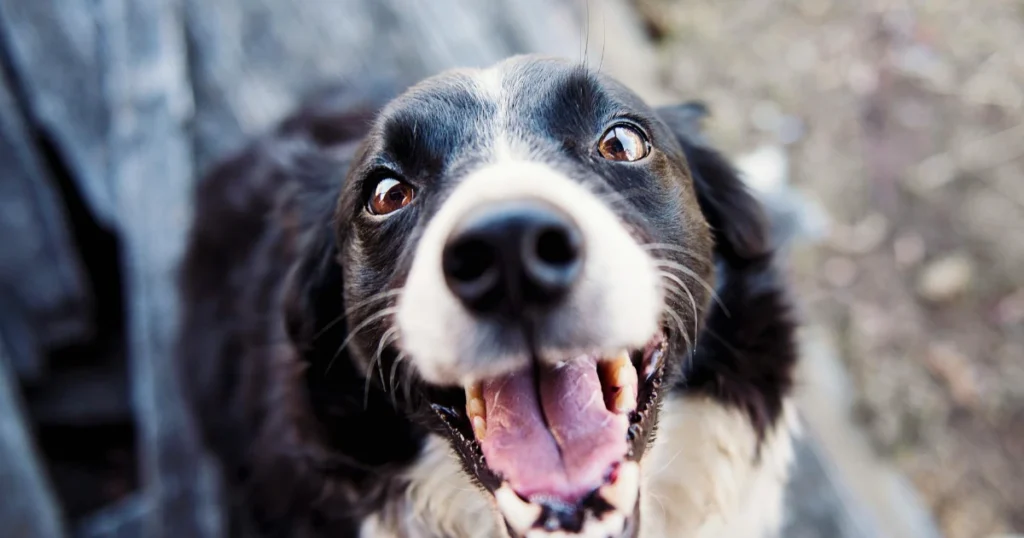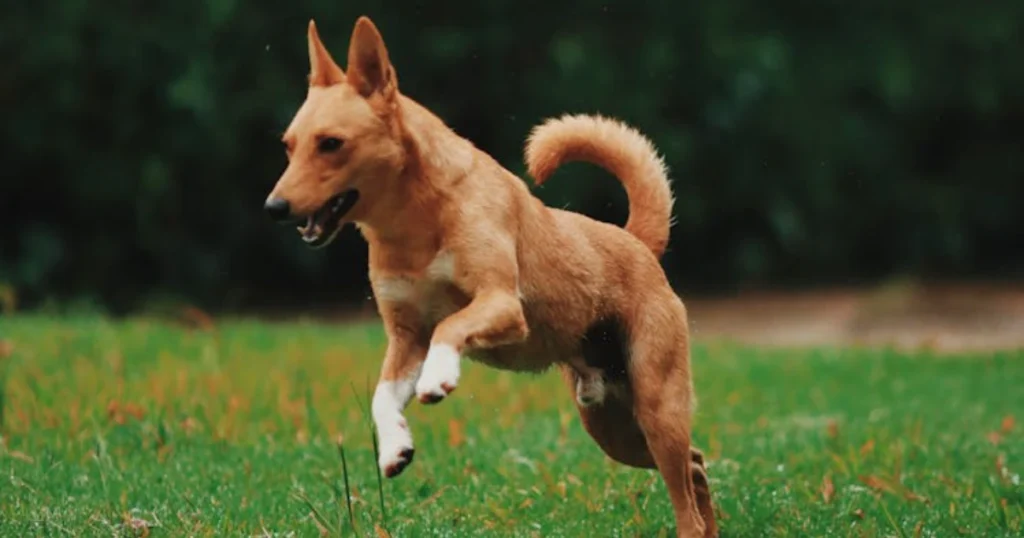Bringing home a rescue dog is a big moment—exciting, a little nerve-wracking, and honestly, sometimes overwhelming. I’ve been there, standing in the kitchen with a new leash in hand, wondering, “How do I help this dog feel safe and actually want to be with me?” If you’re looking to strengthen your rescue dog bonding, you’re in the right place. Let’s talk about what really works, what to avoid, and how to build a connection that lasts.

How to Understand Your Rescue Dog’s Needs
First things first: rescue dogs aren’t blank slates, but they’re not lost causes either. They come with stories, habits, and sometimes a bit of baggage. The biggest mistake I see? Rushing things. It’s tempting to shower them with affection and introduce them to everyone, but most rescue dogs need a little more quiet and a lot more observation.
Common Mistakes with New Rescue Dogs
- Overwhelming them with new people or dogs right away
- Assuming they want constant attention
- Expecting them to adjust instantly
When I brought home my first rescue, I thought love would fix everything. Turns out, what my dog really needed was space and a routine. That’s where most people mess up—they try to make up for the past too quickly.
Building a Relationship First
Think of your relationship as a two-way street. Your dog needs to see you as someone worth listening to, someone who brings good things. Hand-feeding meals is a game-changer here. Not only does it teach gentle manners (especially if your dog is ravenous), but it also helps your dog associate you with safety and rewards.
Quiet Time and Observation
Skip the dog park for now. Instead, go for quiet walks in low-traffic areas. Watch how your dog reacts to noises, people, and new smells. Are they nervous? Curious? This is your chance to learn their signals. I remember realizing my rescue was terrified of bikes—something I never would’ve known without those slow, quiet walks.
Establishing Leadership and Trust
Leadership isn’t about being bossy—it’s about being reliable. Your rescue dog needs to know you’ll keep them safe and help them make sense of the world. That’s what builds real trust.
Training for Life Skills
Start with the basics: response to name, coming when called, and walking nicely on leash. Here’s the thing: just because your dog knows their name doesn’t mean they’ll respond when it matters. Practice in distraction-free spots (I used my hallway at first) and reward perfect responses. If it’s not perfect, scale back. Treat your rescue like a puppy—lots of patience, lots of praise.
The Importance of Perfect Responses
Don’t settle for “sort of” listening. If your dog only comes when nothing else is happening, keep practicing. I learned this the hard way after my rescue bolted after a squirrel—lesson learned! Repetition and consistency are your best friends here.
Walking on Leash
Many rescues have never walked on leash, or they have bad associations with it. Start slow. Use treats, keep sessions short, and celebrate small wins. Walking together is more than exercise—it’s shared time, and it’s where a lot of trust is built. If your dog is comfortable, gradually introduce new environments, but always at their pace.
Expert Insight: “The most important thing you can do for a rescue dog is to let them set the pace. Rushing socialization or training can backfire. Go slow, observe, and reward small steps forward.” — Dr. Lisa Radosta, DVM, DACVB (Board-Certified Veterinary Behaviorist)

Socialization and Confidence Building
Socialization isn’t just about meeting other dogs. It’s about helping your rescue feel safe in the world. That means positive experiences, not overwhelming ones.
Avoiding Leash-Free Parks
It’s tempting to let your dog run free, but leash-free parks can be scary for rescues. If something goes wrong, it can set back your progress. Instead, focus on calm, controlled introductions to new sights and sounds. I once made the mistake of taking my rescue to a busy park too soon—he shut down, and it took weeks to rebuild his confidence.
Creating Positive Associations
Let your dog watch the world from a safe distance. Reward calm behavior. Socialization is about exposure, not forced interaction. Sometimes, just sitting on a bench together and watching the world is enough.
Exploring New Environments
New places are important, but safety comes first. Choose quiet streets, empty fields, or even a friend’s backyard. Let your dog sniff, explore, and check in with you. Each positive outing builds their trust in you—and in themselves.

Adjusting Expectations and Training Methods
Here’s a mindset shift: sometimes, treat your rescue like a puppy. Other times, treat them like an adult dog. Puppies are usually eager for treats and attention, but older rescues might be more reserved or distracted. Mix up your rewards—use toys, praise, and different treats to keep things interesting.
Treating Rescue Dogs Like Puppies (Sometimes)
If your dog ignores treats in new situations, don’t get frustrated. Try a squeaky toy or a game of tug. I found that my rescue responded better to play than food when he was nervous. Flexibility is key.
Varying Rewards
Don’t rely on the same treat every time. Rotate between food, toys, and affection. This keeps your dog engaged and helps you figure out what motivates them most.
House Training and Management
Never assume your rescue is house trained just because they’re older. New environment, new rules. I learned this after cleaning up a few surprise messes—lesson: treat them like a puppy until you’re sure.
Housebreaking
Give your dog limited freedom at first. Use baby gates or a crate to prevent accidents. Take them out often, reward them for going outside, and be patient. If they slip up, it’s not stubbornness—it’s confusion.
Managing Safety and Comfort
Rescue dogs sometimes chew, dig, or eat things they shouldn’t—especially if they missed out on puppyhood. Keep dangerous items out of reach. If you have other pets, supervise introductions and give everyone their own space.
Crate Training
Crates aren’t punishment—they’re safe zones. Early crate training helps with travel, vet visits, and gives your dog a place to relax. I resisted crates at first, but after seeing how much calmer my rescue was with a den of his own, I was sold. Make it cozy, never use it for time-outs, and always reward calm behavior inside.
Conclusion
Here’s what it comes down to: building a bond with your rescue dog takes time, patience, and a willingness to meet them where they are. Prioritize relationship over routine, trust over tricks, and progress over perfection. Every dog is different, and that’s what makes this journey so rewarding.
Honestly, the thing that surprised me most was how much my rescue taught me about patience and empathy. The small wins—like a tail wag or a gentle nudge—meant more than any obedience ribbon. That’s what finally worked for me, and I hope these tips help you build a connection that lasts a lifetime.

FAQs: Rescue Dog Bonding & Training
How long does it take to bond with a rescue dog?
Every dog is different, but most rescues start to bond within a few weeks to a few months. Consistency, patience, and positive experiences speed up the process.
Should I let my rescue dog meet other dogs right away?
No. Give your dog time to adjust to you and their new environment before introducing them to other dogs. Start with calm, controlled meetings if needed.
What are the best activities to build trust with a rescue dog?
Hand-feeding, quiet walks, gentle training sessions, and exploring new places together are all great ways to build trust and connection.
Is crate training necessary for rescue dogs?
Crate training isn’t mandatory, but it helps with safety, travel, and giving your dog a secure space. Always introduce the crate positively.
What if my rescue dog has accidents in the house?
It’s normal for rescues to have accidents in a new home. Treat them like a puppy: supervise, reward outdoor potty, and limit freedom until they learn.
Related Articles:
- Dog Adoption Tips.
- Crate training guide.
- House training rescue dogs.
- Dog socialization strategies.
- Building trust with shy dogs.